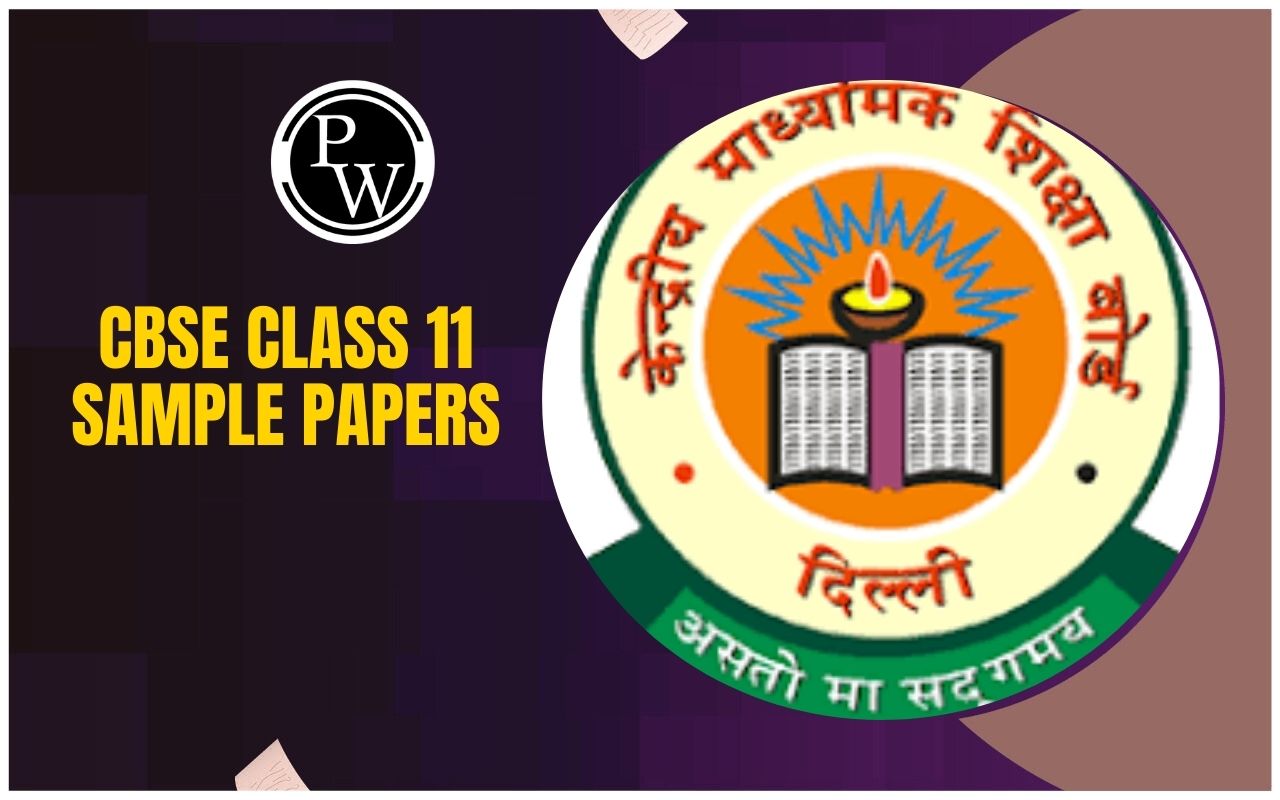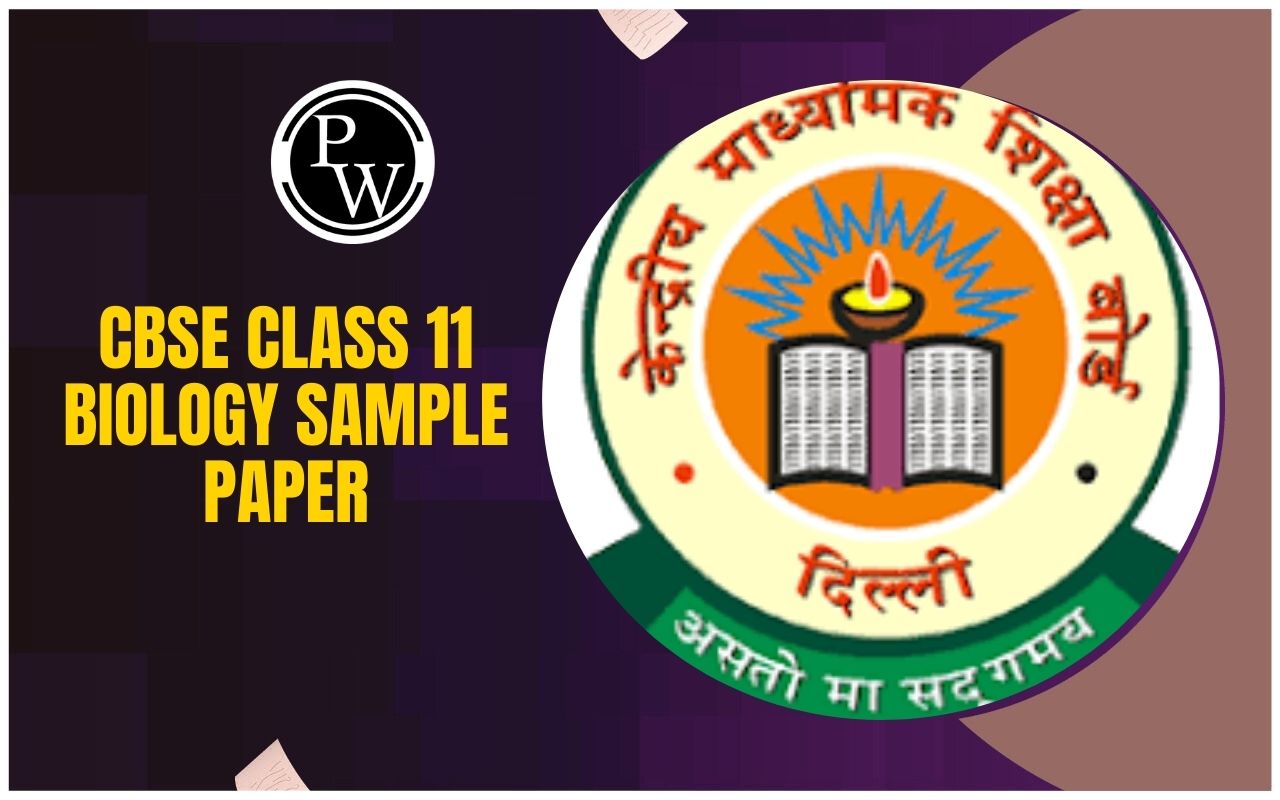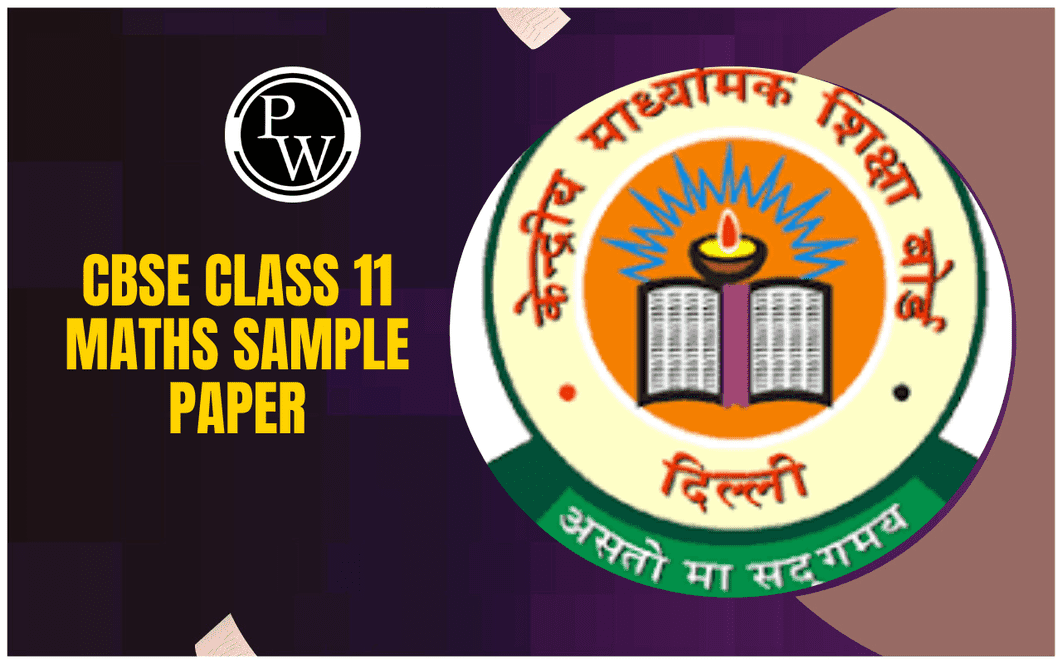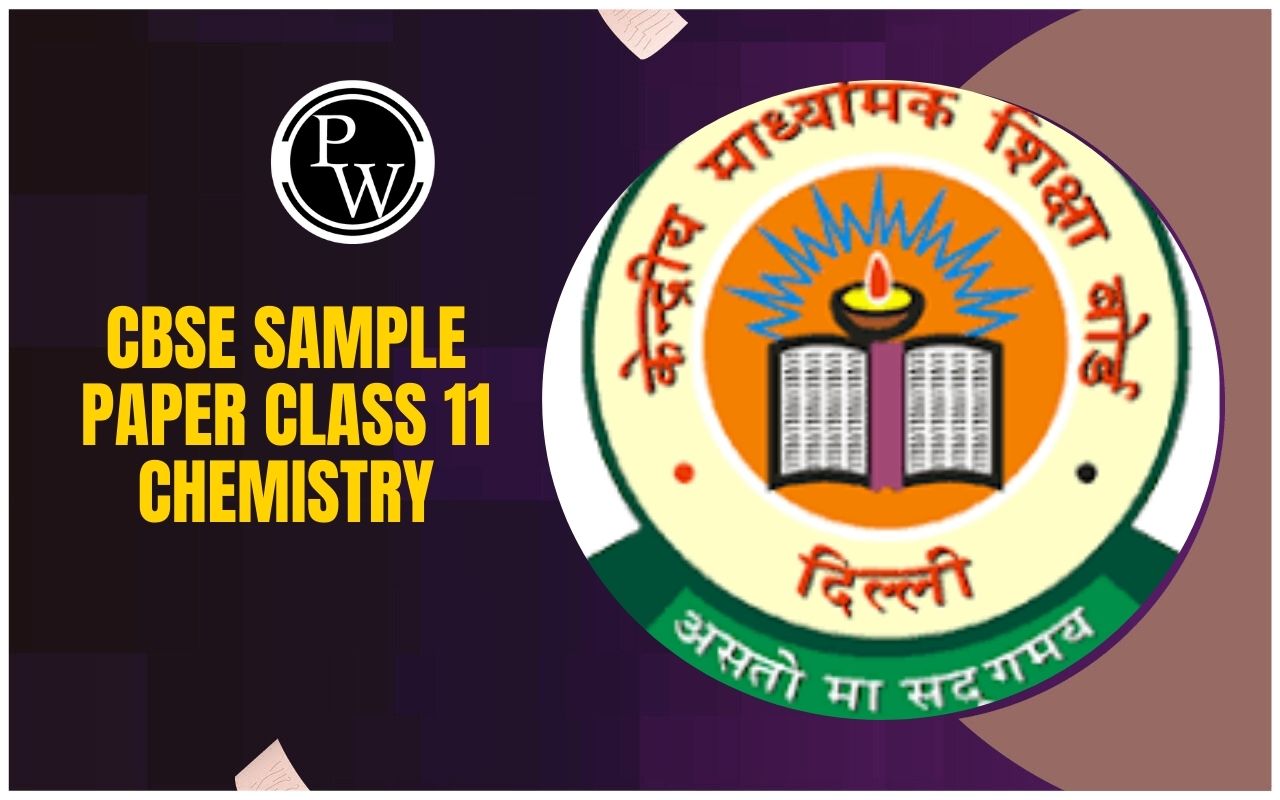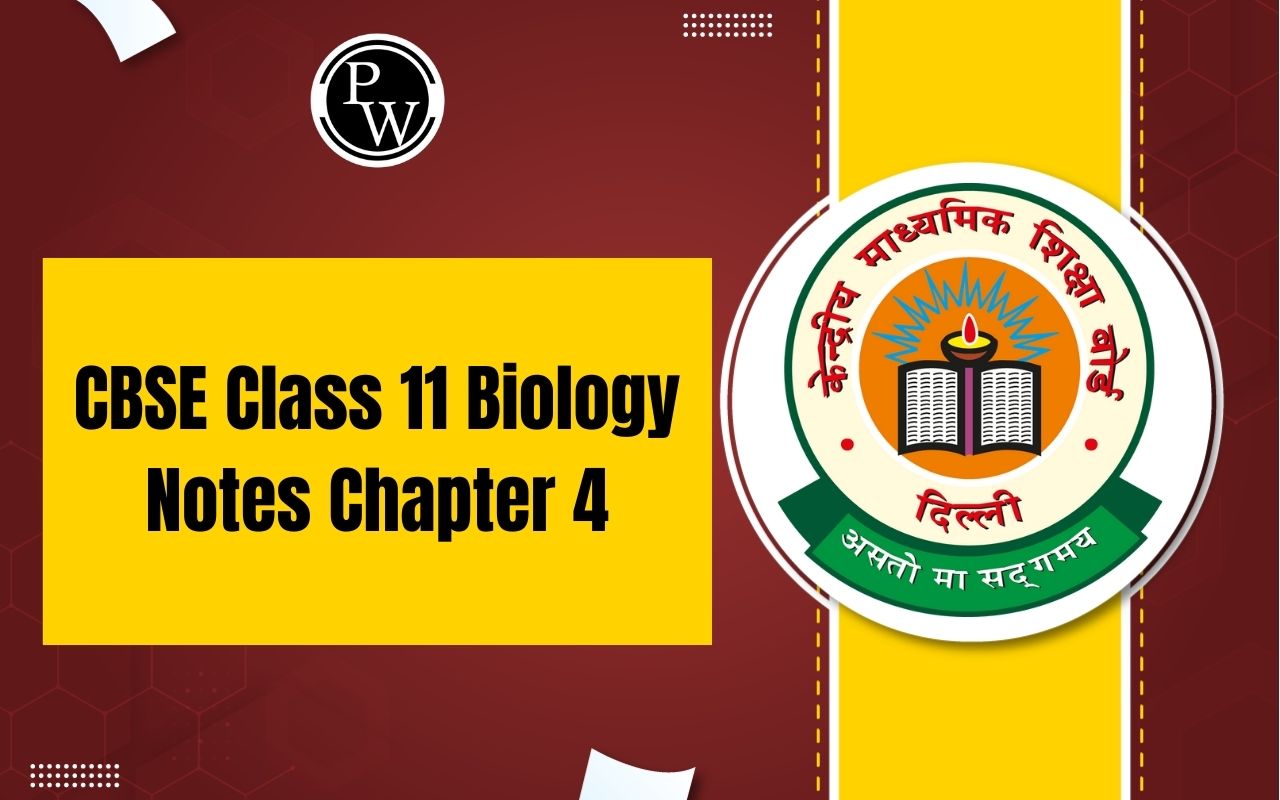Important Questions for Class 11 Chemistry Chapter 1:
Class 11 Chemistry Chapter 1, "Some Basic Concepts of Chemistry," lays the foundation for understanding the subject. Important questions from this chapter focus on fundamental concepts like the mole concept, atomic mass, molecular mass, and the laws of chemical combination. These questions help students grasp the basic principles that govern chemical reactions and stoichiometry. Understanding these concepts is crucial for solving problems in higher chapters and preparing for competitive exams. Mastery of this chapter enhances problem-solving skills.
Important Questions for Class 11 Chemistry Chapter 1 Overview
Chapter 1 of Class 11 Chemistry, "Some Basic Concepts of Chemistry," introduces students to the foundational concepts of chemistry. It covers topics such as the mole concept, atomic and molecular masses, the laws of chemical combinations, and stoichiometry. Important questions from this chapter often involve calculations based on the mole concept, determining molar masses, and applying the laws of chemical reactions.
These questions are vital for building a strong base in chemistry, helping students understand how substances interact and react at the molecular level. Mastery of these concepts is essential for tackling more complex topics and excelling in competitive exams.
Important Questions for Class 11 Chemistry Chapter 1 PDF
Below, we have provided a comprehensive PDF containing important questions for Class 11 Chemistry Chapter 1 – Some Basic Concepts of Chemistry. This PDF is designed to help students understand key concepts, formulas, and problem-solving techniques in the chapter. By practicing these questions, students can reinforce their understanding and prepare effectively for exams. Download the PDF to get started with your revision and improve your grasp on the subject.
Important Questions for Class 11 Chemistry Chapter 1 PDF
Important Questions for Class 11 Chemistry Chapter 1 Some Basic Concepts of Chemistry
Below is the Important Questions for Class 11 Chemistry Chapter 1 Some Basic Concepts of Chemistry -
Question 1. Two students performed the same experiment separately, and each one of them recorded two separate readings of mass which are given below. The right reading of the mass is 3.0 g. Based on the provided data below, mark the correct option for the following statements.
Student Readings
|
|
(i)
|
(ii)
|
|
A
|
3.01
|
2.99
|
|
B
|
3.05
|
2.95
|
(i) Results of both the students are found neither accurate nor precise.
(ii) Results of student A are found both precise and accurate.
(iii) Results of student B are found neither precise nor accurate.
(iv) Student B’s results are both precise and accurate.
Answer 1.
Option (ii) is the correct answer.
Question 2. The measured temperature on the Fahrenheit scale is 200 °F. What would the reading
be on the Celsius scale?
(i) 40 °C
(ii) 94 °C
(iii) 93.3 °C
(iv) 30 °C
Answer 2.
Option (iii) is the correct answer.
Question 3. What will be the molarity of the solution that contains 5.85 g of NaCl(s) per 500 mL?
(i) 4 mol L
-1
(ii) 20 molL
-1
(iii) 0.2 molL
-1
(iv) 2molL
-1
Answer 3.
Option (iii) is the correct answer.
Question 4. When 500 mL of a given 5M solution is diluted to 1500 mL, what would be the molarity of the new solution?
(i) 1.5 M
(ii) 1.66 M
(iii) 0.017 M
(iv) 1.59 M
Answer 4.
Option (ii) is the correct answer.
Question 5. The number of atoms in an element’s mole equals the Avogadro number. Which among the following element contains the greatest number of atoms?
(i) 4g He
(ii) 0.40g Ca
(iii) 46g Na
(iv) 12g He
Answer 5.
Option (iv) is the correct answer.
Question 6. When the glucose concentration (C
6
H
12
O
6
) in the blood is 0.9 g L
-1
, what would be the molarity of glucose found in the blood?
(i) 0.5 M
(ii) 50 M
(iii) 0.005 M
(iv) 5 M
Answer 6.
Option (iii) is the correct answer.
Question 7. What would be the molality for the solution obtained containing 18.25 g of HCl gas in 500 g of water?
(i) 0.5 m
(ii) 1 M
(iii) 0.1 m
(iv) 1 m
Answer 7.
Option (iv) is the correct answer.
Question 8. One mole of any given substance contains 6.022 × 10
23
atoms/molecules. A number of molecules of H
2
SO
4
that are present in 100 mL of 0.02M H
2
SO
4
solution are ______.
(i) 12.044 × 1020 molecules
(ii) 12.044 × 10
23
molecules
(iii) 1 × 10
23
molecules
(iv) 6.022 × 10
23
molecules
Answer 8.
Option (i) is the correct answer.
Question 9. What is the symbol for the SI unit of the given mole? How can the mole be defined?
Answer.
The symbol for the SI unit for the given mole is mol. The mole is defined as the amount of substance that contains as many entities as there are atoms in the given 12g carbon.
Question 10. What is the difference between the term molality and molarity?
Answer.
Molarity is the provided number of moles of solute dissolved in 1 litre of the solution. Molality is the provided number of moles of solute present in 1kg of the solvent.
Question 11. Calculate the mass percent of the calcium, phosphorus and oxygen in the given calcium phosphate Ca3(PO
4
)
Answer.
Molecular mass of the given Ca3(P
O
4
) = 3*40+2*31+8*16 =310
Mass percent of the given Ca = 3*40/310*100 = 38.71%
Mass percent of the given P = 2*31/310*100 = 20%
Mass percent of the given O = 8*16/310 = 41.29%
Question 12. 45.4 L of dinitrogen, when reacted with 22.7 L of the given dioxygen and 45.4 L of the nitrous oxide, was formed. The reaction is given below as:
2N
2
(g) + O
2
(g) → 2N
2
O(g)
Which law obey for the following experiment? Write the statement of the given law.
Answer.
The above experiment proves the Gay-Lussac’s law which states that the given gases combine or are produced in the chemical reaction in a simple whole-number ratio by volume, provided that all the given gases are at the same temperature and pressure.
Question 13. Hydrogen gas is prepared in the laboratory by reacting the given diluted HCl with granulated zinc. The following reaction takes place.
Zn + 2HCl → ZnCl
2
+ H
2
Calculate the volume of the given hydrogen gas liberated at STP if 32.65 g of zinc reacts with HCl. 1 mol of the given gas occupies 22.7 L volume at STP; atomic mass of the Zn = 65.3 u.
Answer 14.
1 mol of the given gas occupies = 22.7L Volume at STP atomic mass of Zn = 65.3u
From the above-given equation,
65.3g of Zn if reacts with HCl produces = 22.7L
H
2
at STP
Thus, 32.65g of Zn, when reacted with the given HCl, will produce
= 22.7 * 32.65/65.3
= 11.35L of
H
2
at STP
Question 15. The density of 3 molal solutions of given NaOH is 1.110 g mL
–1
. Calculate the required molarity of the solution.
Answer.
3 molal solution of given NaOH = 3 moles of given NaOH dissolved in 1000g water
3 mole of given NaOH = 3*40g = 120g
Density of the solution = 1.110gm
L
-1
thus, Volume = mass/density = 1120g/1.110gm
L
-1
=1.009L
Molarity of the given solution = 3/1.009 = 2.97M
Question 16. The volume of the solution changes with a change in the temperature. Then, would the molality of the solution be affected by the temperature? Give the reason for your answer.
Answer.
Mass does not change because the temperature changes. Thus, the molality of the solution does not change.
Molality = moles of the solute/ weight of the solvent (in g) *1000
Benefits of Important Questions for Class 11 Chemistry Chapter 1
Here are the benefits of using important questions for Class 11 Chemistry Chapter 1 – Some Basic Concepts of Chemistry:
Reinforces Core Concepts
: Helps in revising fundamental concepts like the mole concept, atomic mass, and stoichiometry.
Exam Preparation
: Aids in preparing for school exams and competitive tests by focusing on frequently asked questions.
Concept Clarity
: Clarifies difficult topics by providing examples and practice questions.
Improves Problem-Solving Skills
: Enhances analytical skills through a variety of numerical and conceptual problems.
Boosts Confidence
: Regular practice builds confidence and reduces exam anxiety.
Time Management
: Helps in managing time efficiently while solving different types of problems.
Comprehensive Coverage
: Covers all important topics of the chapter, ensuring no concept is left unprepared.


